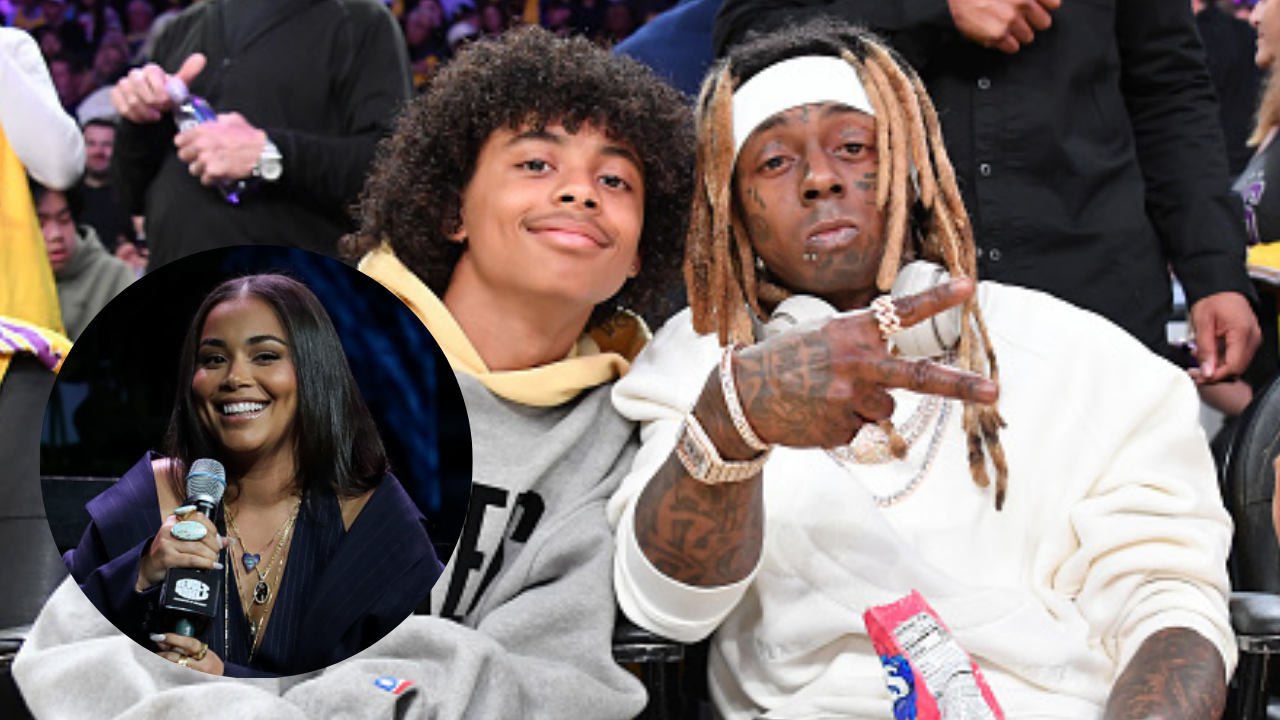Since its inception, diasporic debates have been held about who makes the best jollof, a West African dish traditionally comprised of spiced rice and vegetables. Thanks in large part to social media, in recent decades, these discussions have also reached across the Atlantic, as diasporans and their descendants from throughout the Western part of the continent continue to assert that their respective country’s version of the culinary specialty is superior.
Though many West African countries put their unique spin on the dish, the origin of jollof, also known as Thieboudienne, can be traced back to the Wolof Empire of Senegal (c. 1200 – 1600), giving the dish its name. Each country currently dominating the debate has long since adapted the dish to its local preferences, with Ghana using jasmine rice, Nigeria using parboiled rice, and Senegalese using short-grain or broken jasmine rice.
However, the debate has also entered mainstream conversations in the United States. This spring, Chase Sapphire Reserve presented a promotional campaign called “Taste of West Africa” featuring Emmy Award-winning actor Michael B. Jordan. Seated at a dinner table amongst West Africans, Jordan posed the commonly asked and eternally loaded question: “So, what jollof rice is the best?”
Predictably, a man representing Ghana claimed his country as the best — as did a woman from Senegal, and a Nigerian male guest.
Wherever the dish is served, Renny Vonne, a Nigerian chef, says making good jollof entails a “great combination of rice and the tomato pepper base,” adding, “The tomato pepper base includes bell peppers and scotch bonnets, but in the diaspora, we tend to use habanero peppers because we can’t get a hold of scotch bonnets often, and [we use] onions. And then for additional flavor, people might add ginger and garlic.”
A historic delicacy entering the mainstream has its risks
However, as jollof has now entered culinary scenes outside of the diaspora, Vonne warns that while recreating such dishes might be viewed as “appreciation,” it is equally “dicey” because “there isn’t mainstream education on West African dishes.”
“We haven’t had a chance to tell our stories regarding food, and it can be very controversial when another chef, like a white chef or a European chef, decides to educate people about how it’s done, and they don’t even do it properly,” she shared.
Many have tried to recreate the jollof dish, with varying degrees of success. Stateside, recipes can be found in outlets like the New York Times (crafted by Nigerian food writer Yewande Komolafe). However, in 2014, English celebrity chef Jamie Oliver made up ingredients for a jollof dish, which was met with swift backlash on the internet from Africans, calling his concoction “#JollofGate” and saying, “Our plates will not be colonized.”
Vonne explained that Oliver put lemon and the wrong type of tomato in the Jollof, noting, “It’s very terrifying when he takes a completely different spin on the dish.”
She said the right way to interpret the dish without appropriating it is to not misrepresent it because “it can be very difficult to accept, and oftentimes that’s how it ends up being controversial.”
Recommended Stories
Not only are European chefs taking a stab at the dish, but many chefs in the United States have as well. Danielle Harris, a Michelin Guide-recognized Black chef who serves a jollof-inspired dish at her Washington, D.C.-based Afro-fusion restaurant, Almeda, shared what inspired her to try her hand at it — and ultimately add it to her menu.
Harris explained that her jollof journey began when culinary entrepreneur Michael Sparks commissioned her to create a menu based on the Netflix series, “High on the Hog: How African American Cuisine Transformed America.” The documentary series is an adaptation of culinary historian Jessica B. Harris’ 2011 book “High on the Hog: A Culinary Journey from Africa to America.”
That research led Harris to the episode “Food for the Journey,” which discusses the origin of jollof rice. In that episode, Senegalese-American chef Serigne Mbaye from the New Orleans restaurant Dakar Nola argues that many countries in West Africa don’t get credit for their dishes due to French colonization.
“Many folks believe that gumbo is aspired by bouillabaisse [a French dish]. It’s not. When you look at any known dish in New Orleans, the obvious thing is rice; when you look at Senegal, most of our dishes are rice-based … you can see the roots from between the two countries,” Mbaye notes.
The episode not only inspired Harris, but when it comes to her Afro-fusion dishes, the chef leads with honesty about what they are and what they aren’t — and doesn’t take credit for their flavor profiles or origins.
“I always tell people that it’s not jollof; it’s a fusion of the two. And when we present this to our tables, we say it’s a jollof-inspired risotto, she says. “I don’t claim it to be the original jollof. I’m not in the jollof wars about who has the best one.”
While Harris doesn’t engage in the ongoing jollof debate, she is using her knowledge and cultural sensitivity to expand Almeda, hopefully enabling a larger clientele to experience and appreciate her tribute to jollof in the nation’s capital.
When asked if it is appropriate for African Americans to play a role in creating and promoting jollof rice, Nina Oduro, a Ghanaian who is CEO and co-founder of Dine Diaspora, a company that educates people about African cuisine, responded: “I think having ancestral lineage that is tied to a particular cuisine is something to be proud of, but not something to gatekeep or something to hold away from anyone. I think African Americans have a premier, important connection to Africa as they are akin. They are akin to Africans.”
Will the great jollof debate ever end?
“The jollof wars [are] not even a war to end,” Oduro said. “It is really about pride in your heritage and your culture and the connections and the diaspora.”
This delicious aspect of shared culture is now officially in the zeitgeist. Netflix’s hit series “Supacell” recently joined the jollof debate to promote their series, with castmates playfully arguing which country has the best jollof on Instagram.
Vonne argues: “It is now 2024. No one’s jollof is better than the other because everyone has their preference. Of course, you are going to think your country makes it best because that’s what you like.”




